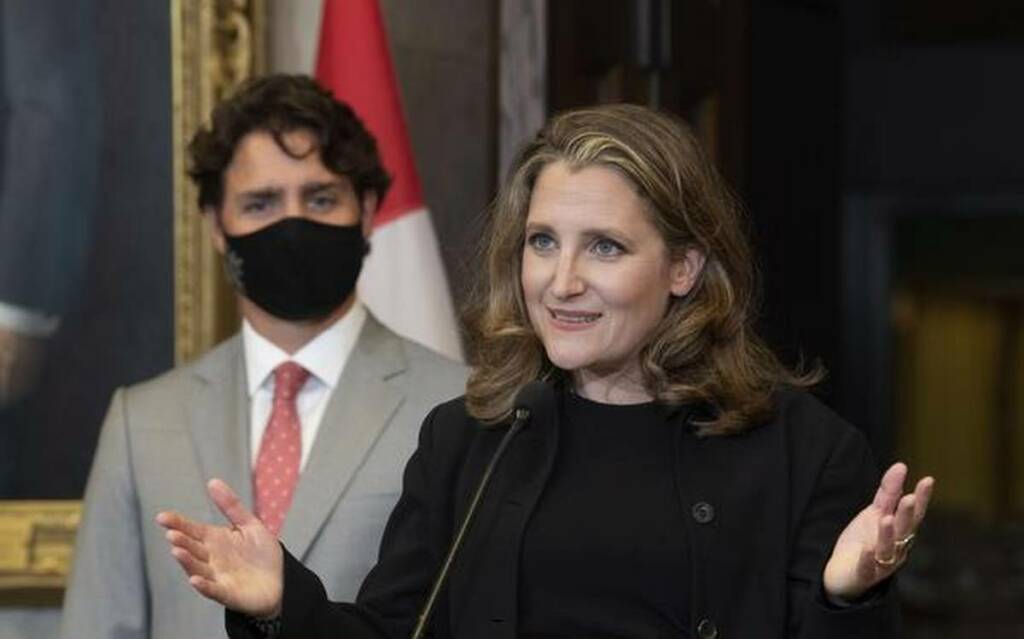Monday’s budget was a fantasy exercise. Under the absurd excuse of jumpstarting an economy that is already revving up, Finance Minister Chrystia Freeland doled out billions for long-standing Liberal priorities. Instead of using this as a “opportunity” to spend enormous sums of money in the near future, the minister should have insured that the pandemic-related impact to our budget would be short-lived. This is terribly egotistical and shortsighted. Future generations will be liable for the debt the liberal government incurs now.
As Canada tackles COVID-19 and attempts to reform systems that were proven to have profound structural weaknesses, such as long-term care, it was unavoidable that the government would run a high deficit in 2020 and again in 2021. The huge deficits, on the other hand, are expected to remain for at least the next five years. As a result, between 2019 and 2026, the government debt is expected to increase by $715.7 billion.
For Chrystia Freeland, the Canadian Deputy Prime Minister, whether there is a good reason or not to rack up debt is irrelevant. “In today’s low interest rate environment,” she writes in the budget, “not only can we afford these investments in Canada’s future; it would be short-sighted of us not to make them.” This is the talk of a cheap salesman, not the finance minister of a serious country.
Based on worldwide comparisons, the Trudeau government continues to justify its debt-financed expenditures, claiming that Canada has the lowest debt of any G7 country. However, if the comparison countries are widened and a different metric of indebtedness is used, the picture of Canada’s debt becomes significantly different.
Canada is ranked 19th out of 29 industrialised countries by the IMF, with a net debt-to-GDP ratio of 33.0%. Eighteen of the 29 countries have debt ratios that are higher than ours. So that’s a respectable performance for us. When net debt (adjusted for financial assets) is converted to gross debt (a measure of total indebtedness), Canada ranks fifth out of 29 countries.
One of the key causes for the disparity between Canada’s net and gross debt rankings is the financial assets that are included. Government-mandated public pensions, such as the Canada Pension Plan and the Quebec Pension Plan, are included in the International Monetary Fund’s (IMF) definition. This is significant since the Canada and Quebec pension systems are unique in the industrialised world in that they invest in assets other than government bonds, such as corporate bonds and equities, according to reforms enacted in 1996. This has an impact on Canada’s net debt calculation.
The difference between Canada’s net and gross debt is around $1.5 trillion, according to the IMF, with the CPP and QPP assets accounting for nearly one-third of that amount. The remaining two-thirds are made up of common financial assets for most governments, such as currency holdings, cash deposits, debt securities, and other receivables.
Freeland acknowledged in her budget that young people have paid a “high price” during the pandemic. By continuing to spend much beyond her government’s means in the aftermath of the pandemic, she is ensuring that today’s young will be forced to pay those costs once more when they become due.
Despite this, Freeland continues to use our ostensibly low debt to justify significant government spending increases based on borrowing, as she did in her maiden address as finance minister and the recently released 2021 budget. In truth, Canada’s debt situation is far from ideal, as the Liberal government has displayed think. When it comes to debt-financed purchases, Ottawa should be much more cautious.
